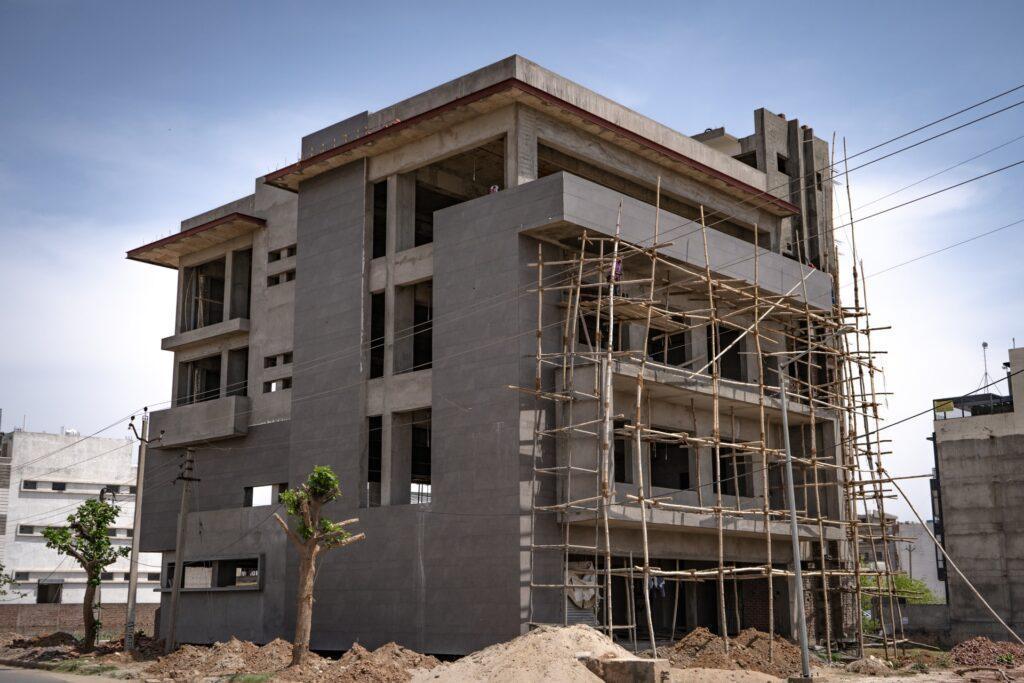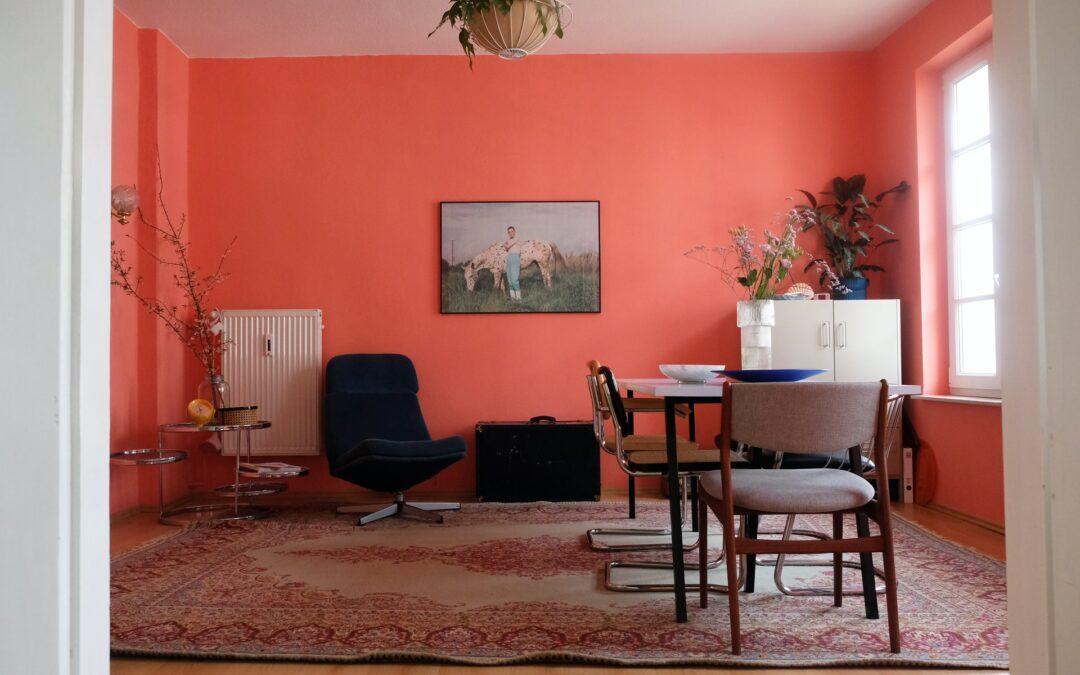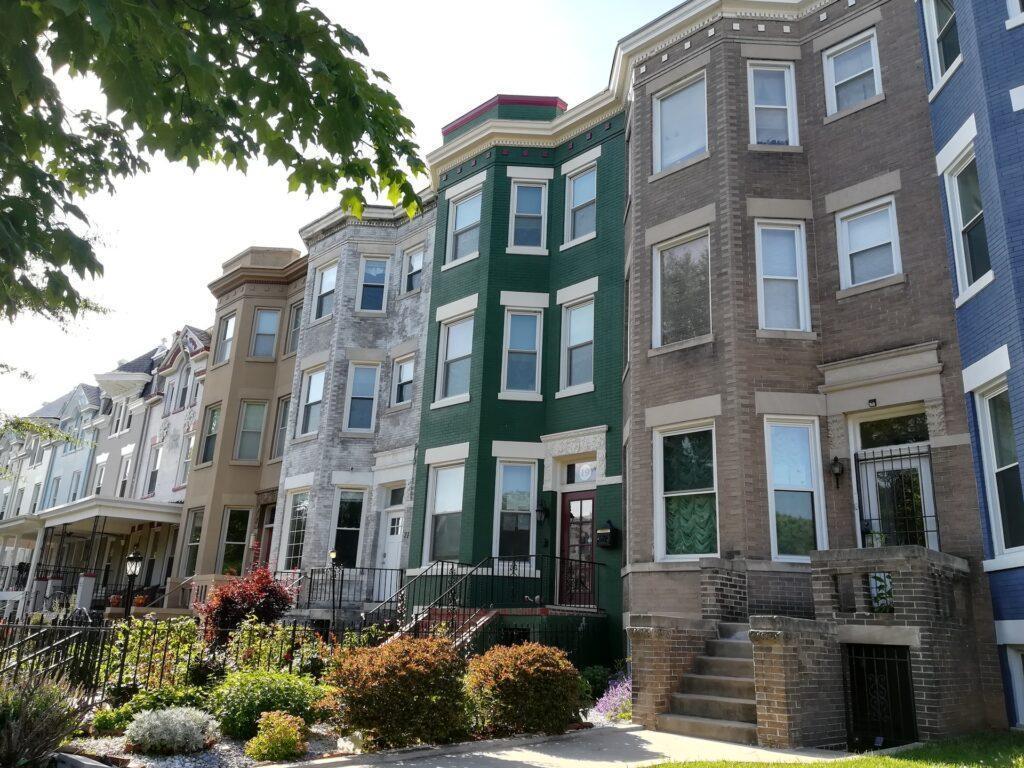The popularity of apartment living continues to increase, and not just as a temporary option.
According to Freddie Mac’s 2019 housing survey, nearly 40 percent of renters report that they will likely never own a home — up from 23 percent two years ago — and 80 percent say renting is a better fit for their current lifestyle.
A spectrum of age groups from Gen Zers just entering the workforce to baby boomers edging closer to retirement — even high-income earners who can afford to own a house — are choosing to rent.
The current trends of the housing market

Photo by Breno Assis on Unsplash
Although it is true that new home listings are increasing, dynamics tell a different story.
In October, the number of new homes available for purchase soared to a height last witnessed in late 2008 as the market adjusted to the housing bubble. However, this count of properties for sale is significantly enlarged by houses still in planning phases, which makes the nature of the current environment tricky to read.
The underlying metrics paint a clearer picture of the state of the marketplace, revealing a difference between buyers desiring move-in-ready homes and a lack of listings meeting that criteria.
In October, less than 10 percent of new homes for sale were completed upon being listed, while only 25 percent of new homes sold during that month were fully built.
Why is rental demand increasing?
As the majority of new homes on the market are still under construction or not yet started, the rise in inventory is not meeting the current demand, which is at an all-time high. Many buyers prefer homes in which they can move too quickly, contrasting the bulk of what comprises the market. Also, builders’ inability to speed up delivery timelines is capping sales of new homes.
Meanwhile, the months’ supply of existing homes for sale remains about half of the level registered from 2017-2019. Owners of existing homes, who are more likely to have enough money to purchase a newly built home, are hesitant to make the switch amid a lack of move-in-ready options.
As they hold on to existing homes, people who wish to become first-time buyers may opt to rent, keeping apartment vacancy at record lows amid the housing shortage.
Rising mortgage rates add another hurdle for first-time buyers. The 30-year mortgage rate exceeded 3 percent in October, which had not occurred in the previous five months. It was also the first increase on an annual basis since early 2019.
The current steepness of mortgage rates is largely a result of inflation, which significantly increased on a global scale because of the pandemic, and it’s now applying upward pressure to the 10-year treasury yield.
If mortgage rates remain on an upward trajectory going forward it will be very difficult for first-time homebuyers to meet the requirements amid elevated pricing.
This will push demand toward the rental segment as many millennials on the margin will favor apartments, as they offer lower living costs, greater flexibility, and attractive amenities.
The current pains of developing efforts

Photo by Hopers Studio on Unsplash
Building materials get more expensive after a flattening. The construction cost index jumped in the month of November, a significant change following a three-month period of stability from August through October.
The cost index is now up more than 9 percent year over year, creating some headwinds for developers of both single-family houses and various sectors of commercial real estate.
Inflation and supply chain disturbances are the leading causes of the rise and are unlikely to resolve in short order.
Single-family starts taper but may rise in the coming months. Residential construction that started in October declined 12 percent compared to March, including an even larger drop within the single-family segment. Permit activity also fell relative to the first half of 2021 as supply chain disruptions, labor shortages and limited lot availability are weighing on development plans.
The reduction in single-family construction activity may be temporary, however, as homebuilder sentiment rose for the third straight month in November. Confidence is being boosted by recent improvements in sales activity and buyer traffic, which in turn could support higher levels of construction in 2022.
The bottom line
For years, many Americans considered homeownership an essential part of the American Dream. But growing student loan debt, an increasingly transient workforce, and the elimination of the government’s first-time homebuyer tax credit in 2010 have prompted a change in the overall perception of renting.
Renters today want the convenience of working and playing in the same area — and apartment communities are delivering with strategic picks for amenities and locations. Community clubhouses have fitness centers and game rooms, community rooms for parties, dedicated conference rooms, and quiet workstations.
As a result, residents can fulfill many of their needs without having to leave their community, saving individuals time and money for travel and championing a more sustainable lifestyle.


